Female blue jays lay from three to six eggs at a time The eggs are colored blue, green or yellow usually with spots of brown and grey The female mostly does the incubating of the eggs although the males may sometimes share with this duty The incubation period lasts forOccasionally eats lizards, nestling birds, even minnows #7 Blue jay (Cyanocitta cristata) Sometimes raids nests for eggs and nestlings, and sometimes pick up dead or dying adult birds #8 Gray jay (Perisoreus canadensis) They eat arthropods, berries, carrion, fungi and commonly takes eggs and nestlingsBlue Jays build their nests in tree branches or where there is a "V" in the tree The nest is made from grass, small twigs, leaves, and bark and is sometimes "glued" together with mud The female Blue Jay will lay between 36 eggs which she will incubate for up to 18 days Sometimes the male will assist with the incubation, though his main task is to bring food to the female Blue Jay as she
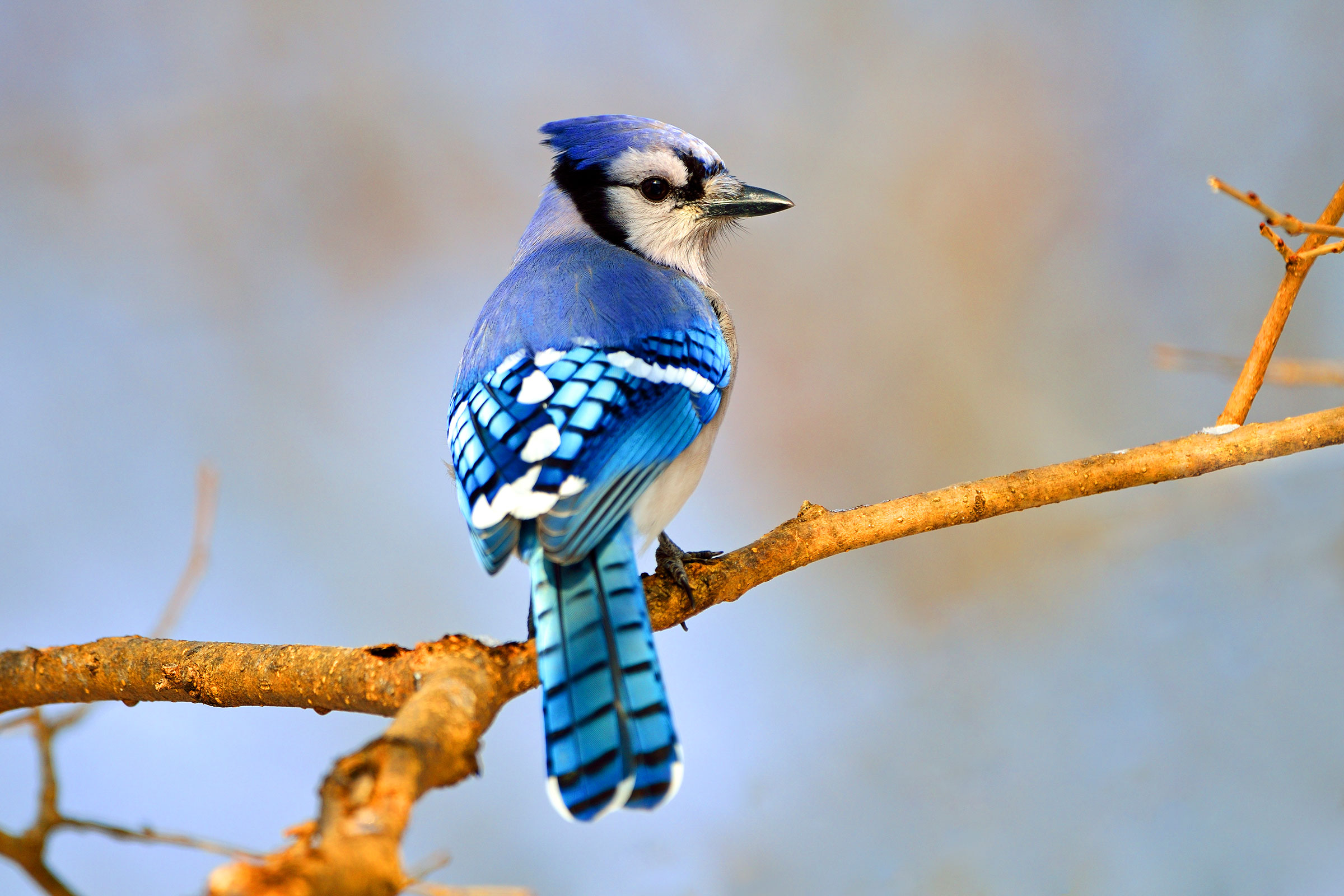
Blue Jay Audubon Field Guide
Blue jays birds eggs
Blue jays birds eggs- Do Blue Jays lay eggs in other birds nests?Many birds do throw out parasitic eggs;




Breeding Blue Jay Cyanocitta Cristata Birds Of The World
However, blue jays have also been known to attack or kill other smaller birds, and foliageroosting bat species such as Eastern red bats Jays are very territorial birds, and they will chase others from a feeder for an easier meal Additionally, the blue jay may raid other birds' nests, stealing eggs, chicks, and nests Do Blue Jays lay eggs in other birds nests?Many birds do throw out parasitic eggs;
Bird feeding areas that have sunflower seeds or corn especially spilled onto the ground are also frequently visited by blue jays This penchant of blue jays to consume both the eggs and the nestlings of other birds has been implicated as an important factor in the significant decline of songbird populations throughout North AmericaThere are actually many species of birds that lay blue eggs Redwinged blackbirds, Dunnocks, House Finches, and Black Tinamous are some of the most common birds that lay blue eggs If you find a nest with blue eggs in it, we recommend watching from a distance to see what kind of bird comes back to the nest Do Blue Jays steal eggs?
Blue Jays are known to take and eat eggs and nestlings of other birds, but we don't know how common this is In an extensive study of Blue Jay feeding habits, only 1% of jays had evidence of eggs or birds in their stomachs Also asked, do Blue Jays eat other birds?Blue jays usually form lifelong monogamous pairs and breed in spring to the middle of summer Usually 4–5 eggs are laid in a cupshaped nest Eggs hatch in about 16–18 days, and the young fledge about three weeks later Family groups travel and forage together for the rest of the season, with the young dispersing in wintertime




12 Tips On How To Attract Blue Jays To Your Yard 21 World Birds




Blue Jay Life History All About Birds Cornell Lab Of Ornithology
Some blue jays in captivity have been recorded to live for more than 25 years One wild jay was recorded to be 16–17 years old However, the typical lifespan for these wild birds is generally around 7 years Blue Jay As A Recognized Bird Blue Jays are not a state bird within the 50 states that make up the United States About a century ago, scientists checked the stomach contents of Blue Jays for traces of other birds and bird eggs They only found these traces in 1% of the birds So, even though you may have heard stories about Blue Jays eating baby birds or raiding eggs from other nests, this is not common behavior They do not deserve to be made out as evil killer birds Spring is when birds are meeting with their mates, lay eggs, and raise young birds Sometimes they maintain this cycle as many as three times during the season To raise their ancestors, these birds build their nests, which face some difficulties from predators such as Blue Jays, crows, grackles, and numerous other species of fowls, warm




Blue Jay American Bird Conservancy




Blue Jay Ohio Department Of Natural Resources
Blue Jays, Crows, Roadrunners, Chipmunks, and Squirrels are notorious for eating hummingbird eggs and baby hummingbirds as a nice little treat Hawks have been known to catch a hummingbird for a quick snack Fish, frogs, snakes, and lizards have been known to snatch up a low flying hummingbird for a nice meal Birds need calcium during the breeding season for egg laying and nestling growth This great need for calcium by blue jays is yet unexplainedBlue Jays are expanding their range into Washington These birds have bright, colorful, contrasting plumage The back is mostly blue, and the underside is mostly white or light gray The Blue Jay has a white face and throat, with a black necklace extending up to the base of its blue crest Its blue wings are barred with black




Some Bird Nests Blue Jay Bird Bird Nest




Blue Jay Eggs Lili Banta Flickr
One of the loudest and most colorful birds of eastern back yards and woodlots, the Blue Jay is unmistakable Intelligent and adaptable, it may feed on almost anything, and it is quick to take advantage of bird feeders Besides their raucous jay!Blue jays and other members of the crow family are notorious eggstealers They are intelligent and aggressive and will raid other birds' nests to steal eggs, young birds, and even the nest itself So yes, the blue jays in the painting are indeed eating another bird's eggsBlue jay eggs are usually 1 to 13 inches long with a width of 07 to 09 inches They can be light blue, light green or yellowishbrown in color with brownish or grayish spots Each female lays between 3 to 7 eggs in the nest Most female blue jays will raise only one or two broods per season




Identifying Bird Eggs Is Easy A Birds Delight




Amazon Com American Robin Bird Nest With Blue Eggs Wall Art Print Fine Art Photography Rustic Country Nature Decor Handmade Products
The Blue Jay (Cyanocitta cristata) is actually a member of the Crow (Corvidae) family All crows eat meat, some more than others All crows eat meat, some more than others Although Blue Jays eat about 3 times as much plant matter as it does meat, a large part of their diet is made up of other animals such as mice, fish, bats and other small birdsIf you enjoyed this video please help support the channel by SHARING it on Facebook and Twitter It's a free way to help me TREMENDOUSLY!Blue Jays are known to take and eat eggs and nestlings of other birds, but we don't know how common this is In an extensive study of Blue Jay feeding habits, only 1% of jays had evidence of eggs or birds in their stomachs Most of their diet was composed of insects and nuts




San Antonio S Blue Jay Birds Have A Bold Color And A Brash Bird Call To Match Their Attitude
:max_bytes(150000):strip_icc()/GettyImages-1047980498-8c21e699d4244eee87c09d8e2ef46c2a.jpg)



Blue Jay Bird Facts Cyanocitta Cristata
What do blue jay eggs look like?Blue jays avoid strictly coniferous forests They thrive in areas with plentiful nutbearing oak and beech trees Although primarily forest birds, blue jays have adapted to living in cities, where they nest in parks and along treelined streets, and feed at bird feeders Population The blue jay population in Pennsylvania and the Northeast isBlue jays are not just innocent birds feeding their young, when they attack nestlings and kill them and eat them They are predators, carnivores, and one might say, cannibals as they eat their own (birds) so no sympathy for the blue jay at all



Http Www Texasthestateofwater Org Screening Pdf Docs Fact Sheets Bluejay Pdf




Are Blue Jays Getting A Bad Rap Daysingarden
The female blue jay lays three to seven eggs, often blue, greenish buff, or yellow The incubation process among most blue jays lasts around 18 days, with the female bird doing most of the incubation Although the male blue jay might substitute and do the incubation, it's not a common occurrence Blue Jay eggs are blue or light brown with brown speckles These eggs measure 1 to 13 inches in length and have an incubation period of about 18 days Blue Jays, common in both urban areas and forest edges, build nests 10 to 25 feet above ground in crooks or thick branches of decidious or coniferous trees Identify Bird Eggs by Color and Size RubyThroated Hummingbird Eggs Photo by John Weinstein Clutch size 2 eggs A kiwi lays the largest egg in relation to its body size, but Walter Ferguson American Robin Bird Eggs H Jon Janosik Yellow Warbler Eggs H




Species Profile Blue Jay Nature S Clown Birdwatching
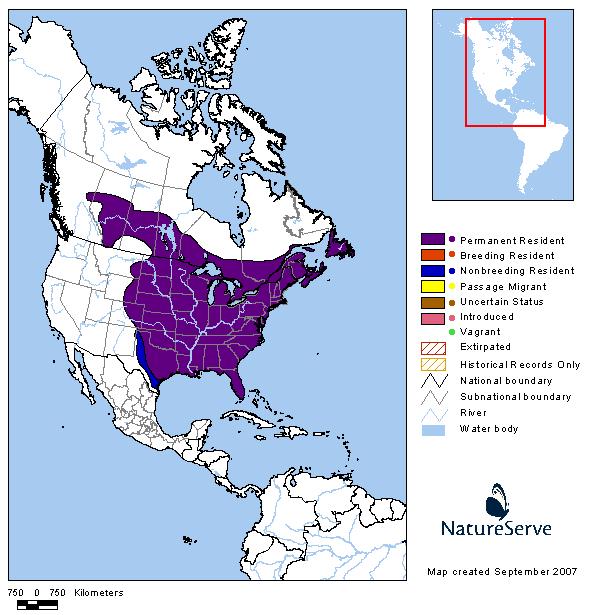



Blue Jay Montana Field Guide
I didn't know blue jays were so aggressiveI have been trying to protect the blue birds from wren and house sparrow attacks And here I liked the blue jays because they make a fuss when the hawks are around A few days ago a crow was stalking a robin nest and took a baby right from the parentsQuite sad to see The female blue jay lays three to five eggs after which she sits on them for incubating them for a little over two weeks During this time, she is fed and taken care of by the male blue jay After the egg hatches and the newborn is welcomed into the world, it stays in the nest for two months after which the parents and the newborn go stay with the rest of the family for a Additionally, do Blue Jays steal eggs?
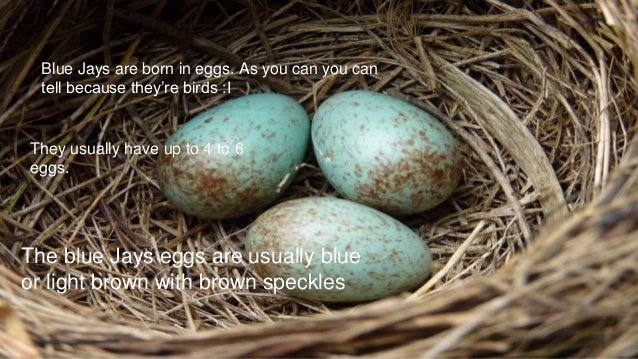



Blue Jays
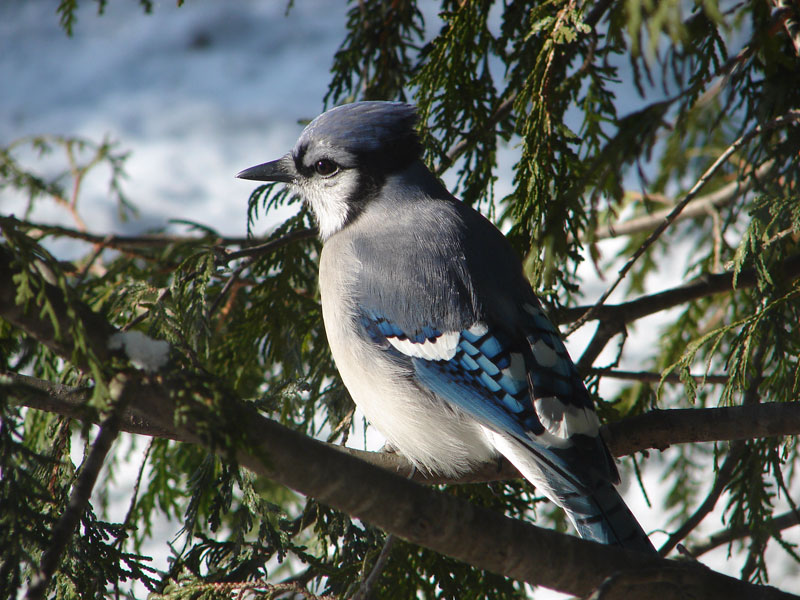



Hinterland Who S Who Blue Jay
Blue Jays, Crows, Roadrunners, Chipmunks, and Squirrels are notorious for eating hummingbird eggs and baby hummingbirds as a nice little treat Hawks have been known to catch a hummingbird for a quick snack Fish, frogs, snakes, and lizards have been known to snatch up a low flying hummingbird for a nice meal Some birds in blue jay territories will deposit their eggs in a blue jay nest (often cowbirds), hoping for some free parenting for their offspring, but blue jays are difficult to fool Rather than treating the egg as their own, they will recognize the imposter and enjoy itBlue jays and other members of the crow family are notorious eggstealers They are intelligent and aggressive and will raid other birds' nests to steal eggs, young birds, and even the nest itself So yes, the blue jays in the painting are indeed eating another bird's eggs
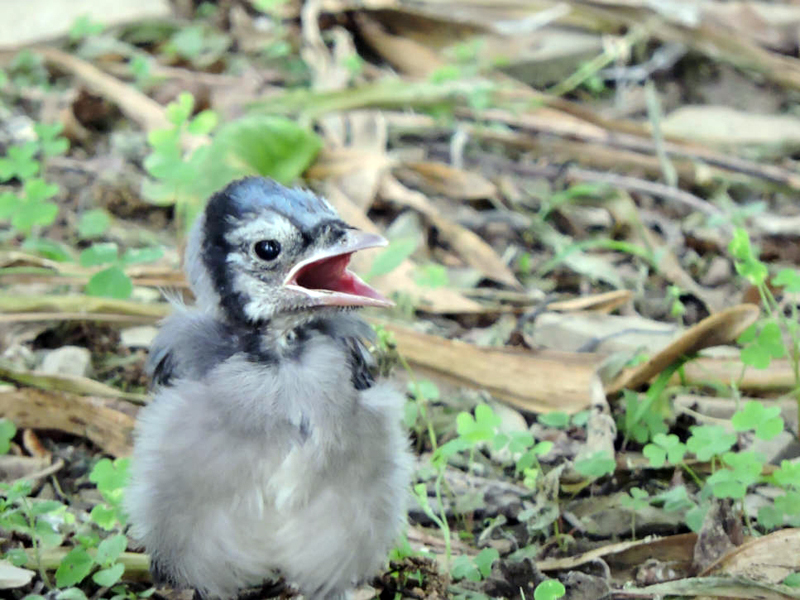



Blue Jay Cyanocitta Cristata Natureworks




Blue Jay Egg And Baby Bird Lovely Bird Youtube
Jays hop around on the ground in search of acorns, and for places to hide them Storing acorns like this is called 'caching' and provides the birds with food in leaner times However, not all acorns are found again, which means some are left to grow into oak trees Jays will also sometimes take eggs and young birds from nestsThis Pin was discovered by Sabrina brinkerhoff Discover (and save!) your own Pins onGroups of blue jays often attack owls, which they consider a threat Blue jays are one of the few birds that store food for use at another time Blue jays eat insects and other invertebrates, small vertebrates including nestlings of other species, carrion, eggs, fruits and seeds They use a number of behaviors to obtain food and defend themselves




Top 10 Ways To Help Nesting Birds Bird Watcher S Digest
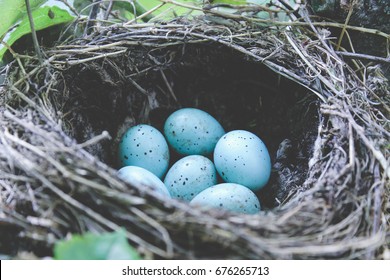



Blue Jays Nest Blue Eggs Stock Photo Edit Now
Calls, Blue Jays make a variety of musical sounds, and they can do a remarkable imitation of the scream of a Redshouldered Blue birds are raiding nests in late spring, devouring both eggs and baby birds It's distressing to hear the anguished calls of the parent birds asAmerican robins, orioles and bluejays, for example, will not tolerate an unfamiliar egg in their nests Other birds simply abandon parasitized nests If an indigo bunting finds a cowbird egg in its nest, it will fly off and start another one



Bluebird Nestling Day 1 21 Time Sequence Photos



Blue Jay The Texas Breeding Bird Atlas
Blue jays are sometimes known to eat eggs or nestlings, and it is this practice that has tarnished their reputation In fact, they are largely vegetarian birds Most of their dietAcorns, nuts, fruits, and grains made up almost the entire remainder Of 530 stomachs examined, Blue JayProof Bird Feeders Blue jays are definitely bullies at the feeder, and the only thing that might chase them away is a squirrel or chipmunk Occasionally they'll give way to a bigger bird such as a grackle or crow, but usually, they'll take the place over, and where there is one there is usually more




Blue Jays Cyanocitta Cristata Beauty Of Birds



All About Bird Eggs
The blue, yellow and white blue tit is one of the most recognisable garden birds Eggs are usually laid in April or May into a nest built of mainly moss, grass and feathers Description lightcream with light brown speckles Egg size 16 x 12 cm Clutch size 810 Jays have many admirers as do most birds But they also have detractors, both casual and committed, who in their combined ranks exceed the notafan clubs of any other native bird that I can think of Starlings also lay blue eggs, but you will be able to easily see the difference because they are bigger than bluebird eggs Here is a list of some of the most wellknown birds that lay blue eggs Redwinged, Rusty, and Tricolored Blackbird Bluefooted Booby, Bluethroat, Bluegray Gnatcatcher, Blue Grosbeak, Blue Mockingbird



Facts About Baby Blue Jays Mother 2 Mother Blog



Blue Jay National Geographic
The blue jay's mating season begins in March and extends into midJuly during which the birds build its nest, lay eggs and fledge the offspring Blue jays most often have a monogamous breeding partner for life Both the male and female gather the materials and build the nest Eggs are laid and incubated for 2 to 3 weeks and fledge for 17 toDescription The Blue Jay Cyanocitta cristata is a little larger than an American Robin, about 30 cm in length from the tip of its bill to the tip of its tail A whitefaced bird with a blue crest, back, wings, and tail, it is strongly marked with black and white Male and female Blue JaysAmerican robins, orioles and bluejays, for example, will not tolerate an unfamiliar egg in their nests Other birds simply abandon parasitized nests If an indigo bunting finds a cowbird egg in its nest, it will fly off and start another one
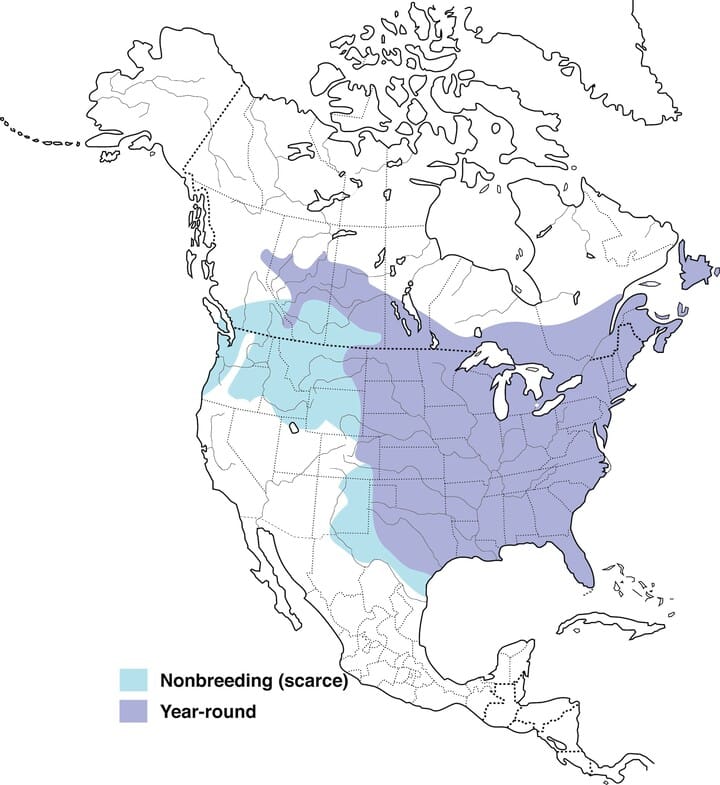



Blue Jay Overview All About Birds Cornell Lab Of Ornithology




Blue Jay Steals A Robin Egg From Nest Youtube
The aggression suffered by these young birds seems to fall a bit outside the usually observed accounts The parents began chasing them off when the third nest had been built but no eggs had been laid yet Ultimately, the nest had four eggs and while mama sat on the nest, papa kept an eye on the feeders to see if the juvenile birds were anywhere
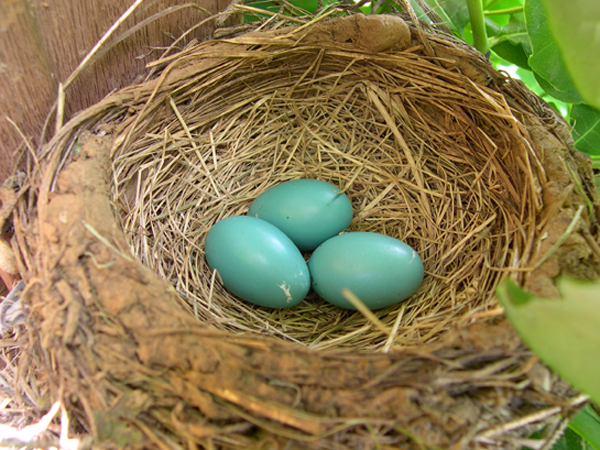



Facts Robin Eggs



Julie Zickefoose On Blogspot Good New Is The Bluebirds Hatched
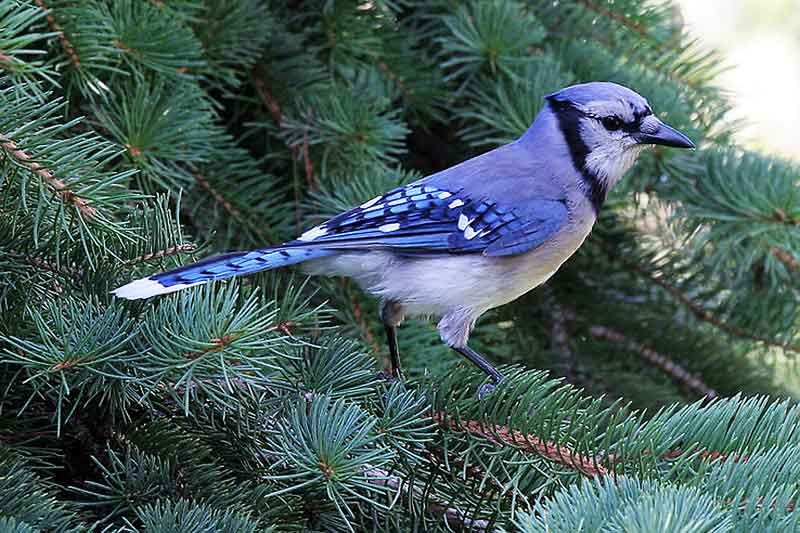



Frontenac News Why So Many Blue Jays This Winter




Bluejay Backyard Birds Wild About Birds




1 2m Awarded To Intercontinental Study Of Avian Egg Colors




Dawn Chorus Blue Jay Babies




Blue Jay State Of Tennessee Wildlife Resources Agency




Blue Jay Wikipedia
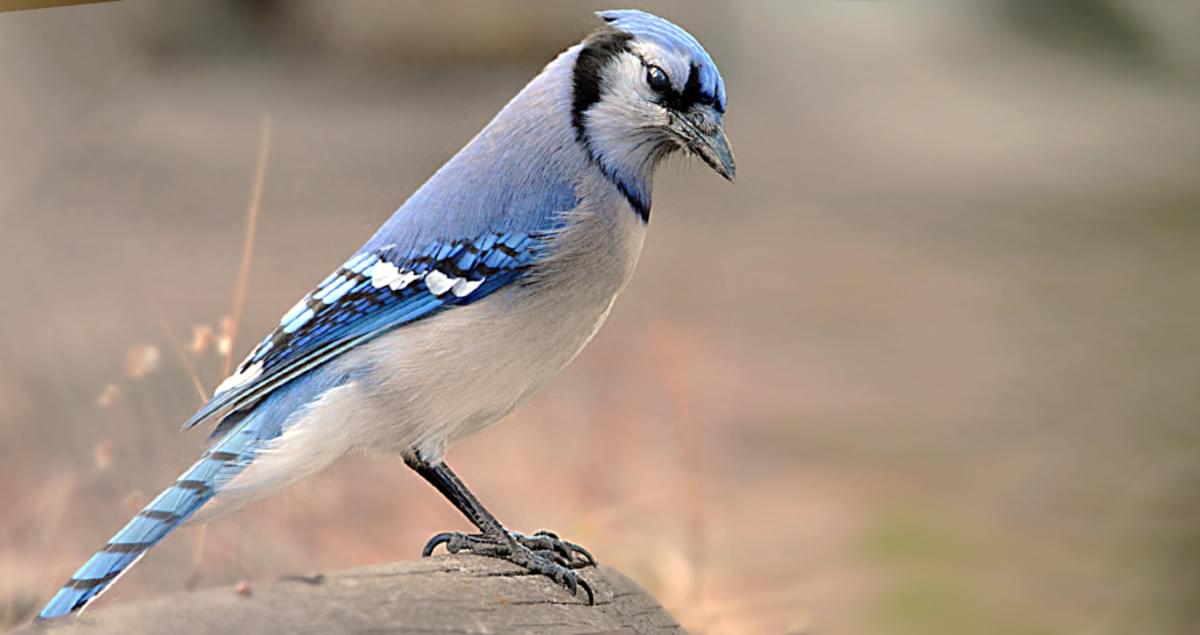



Blue Jay Life History All About Birds Cornell Lab Of Ornithology




Blue Jay Audubon Field Guide
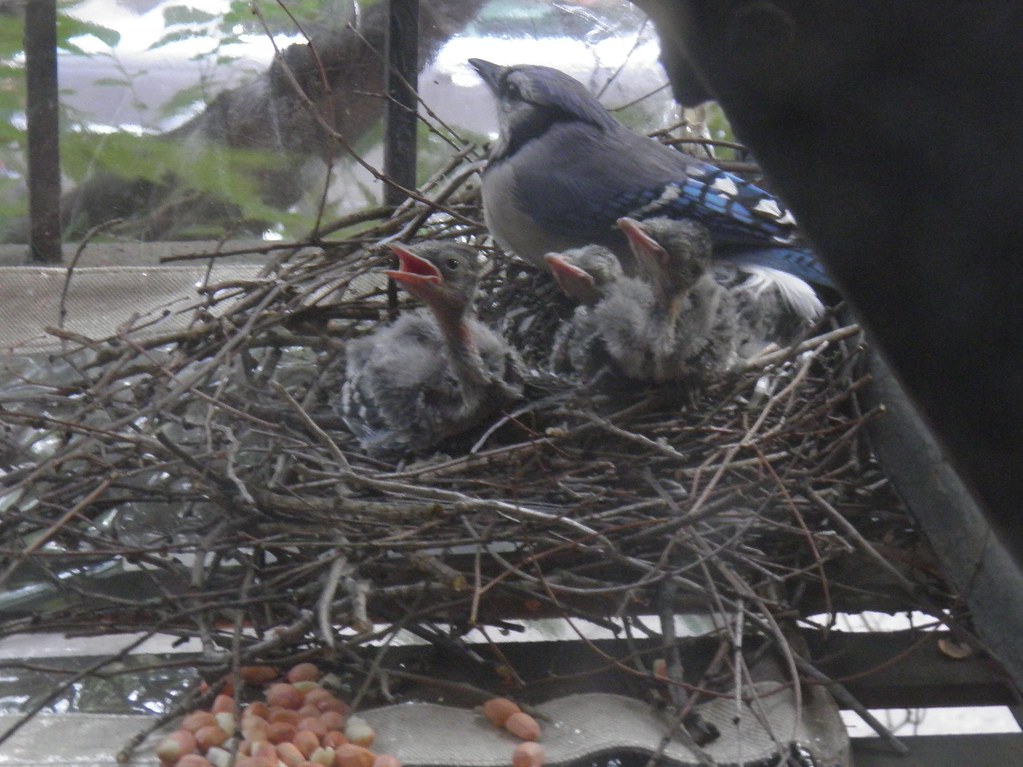



Blue Jays Nesting Outside My Window




Blue Jay Wikipedia
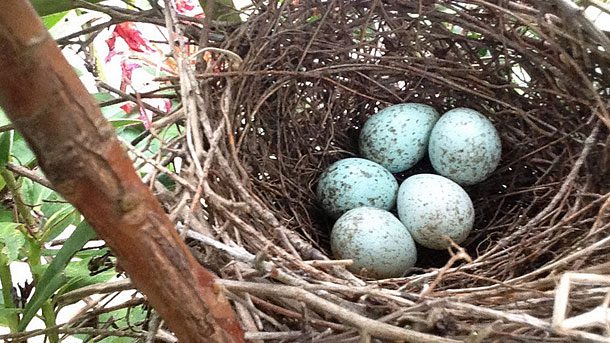



I Found A Nest With Eggs In It And No Adult Birds Seem To Be Attending To It I Think It S Abandoned Or I Scared The Parents Away What Should I Do



All About Bird Eggs




Blue Jay Barrens Nests And Eggs



Diverse Family Bratt Mockingbird Is Raising Baby Blue Jay Northescambia Com



1
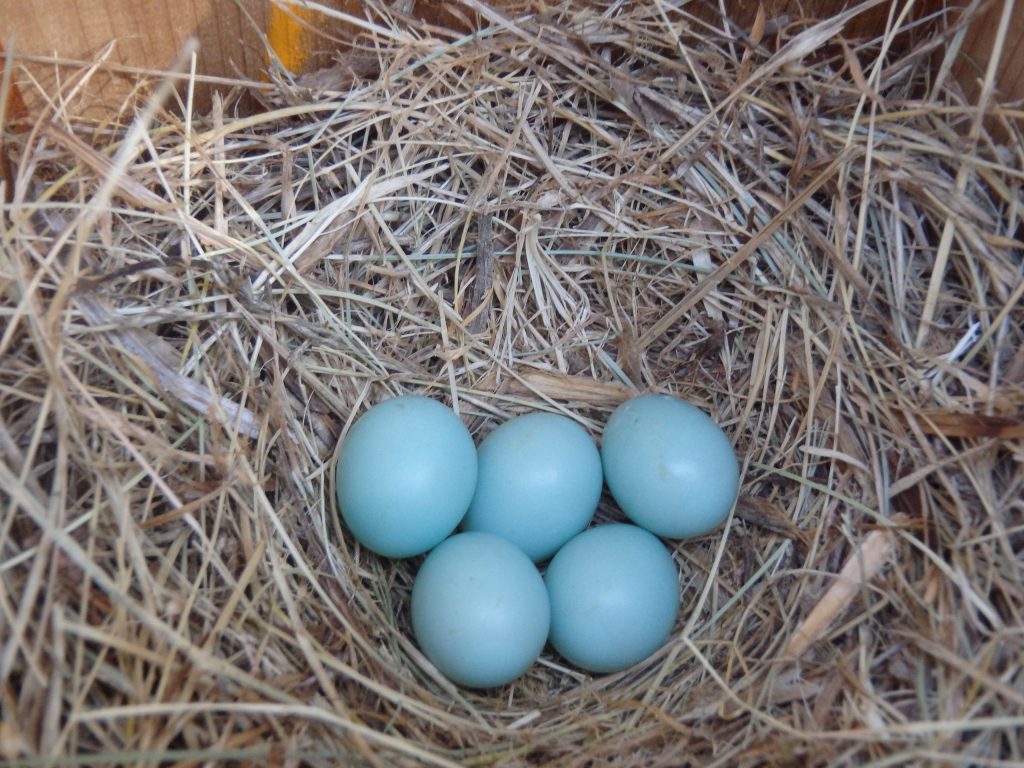



Nestwatch To Clean Or Not To Clean Your Nest Box Nestwatch




Blue Jay Eggs Blue Jay Eggs Blue Art Bird Photo




Pin By Sabrina Brinkerhoff On Birds Blue Jay Eggs Bird Eggs Pet Birds




Biopgh Blog All The Colors In The Nest The Story Of Eggshell Coloration Phipps Conservatory And Botanical Gardens Pittsburgh Pa




9 Things To Know About Blue Jays P E I S Provincial Bird Cbc News



Blue Jay Fledglings The Washington Post
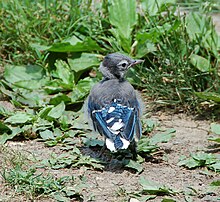



Blue Jay Wikipedia
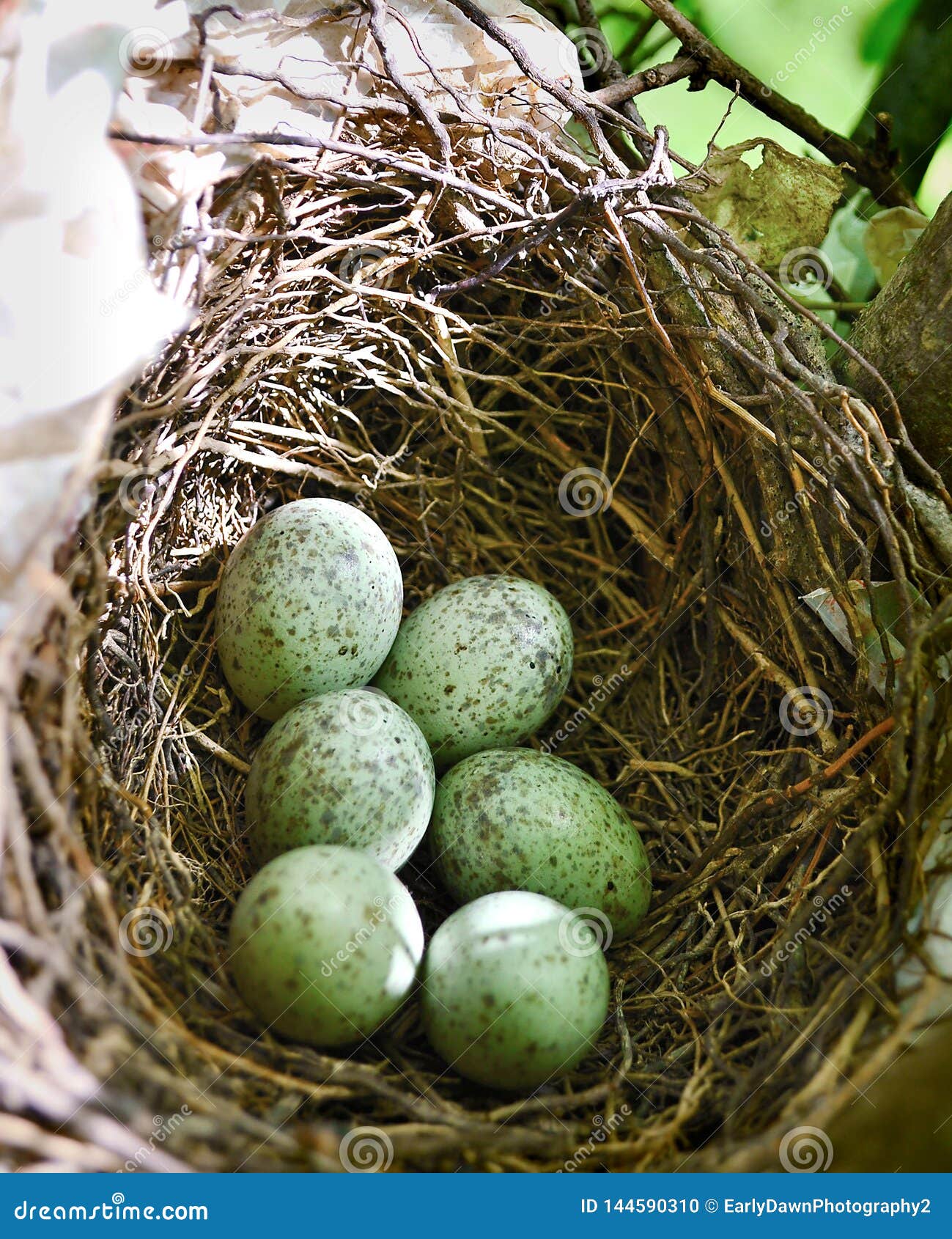



Blue Eggs Jay Photos Free Royalty Free Stock Photos From Dreamstime
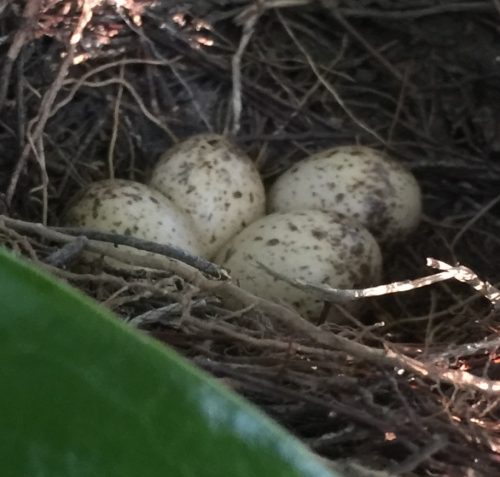



Nestwatch Baby Blue Jays Nestwatch
/robins-eggs-56e0c1443df78c5ba0567da3.jpg)



8 Natural Bird Eggs That Are More Spectacular Than Dyed




2 Reasons Why Robin Eggs Are Blue American Robin Youtube




Blue Jay Snatches Up A Baby Chipping Sparrow From Its Nest Youtube




Blue Jays Eggs Blue Jay Eggs Backyard Birds Bird Feathers




California Scrub Jay Audubon Field Guide
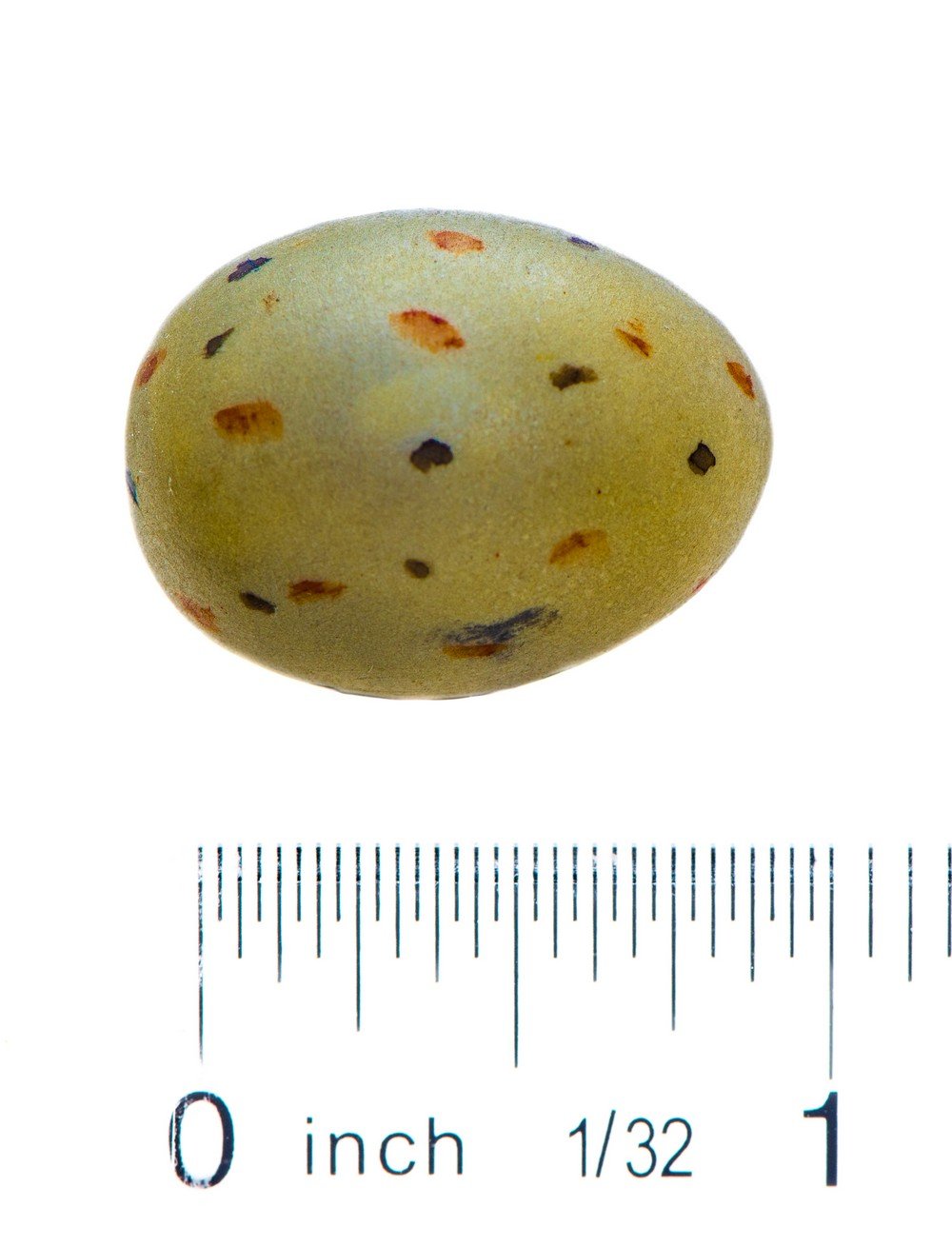



Blue Jay Egg Replica




Nature Nut Don T Begrudge The Hungry Blue Jays Post Bulletin



What Are The Stages Of Life For A Baby Blue Jay Animals Mom Com
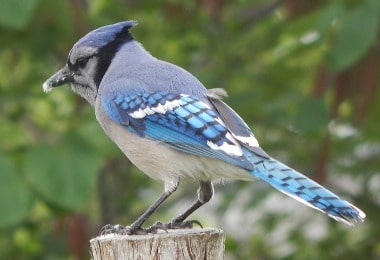



Blue Jay Bird What Do They Eat Where Do They Nest




Mexican Jay Audubon Field Guide
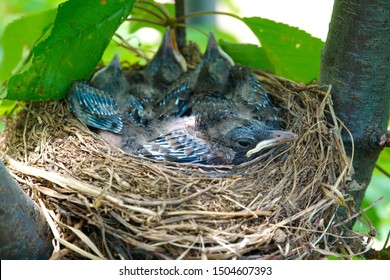



Blue Jay Nest Hd Stock Images Shutterstock
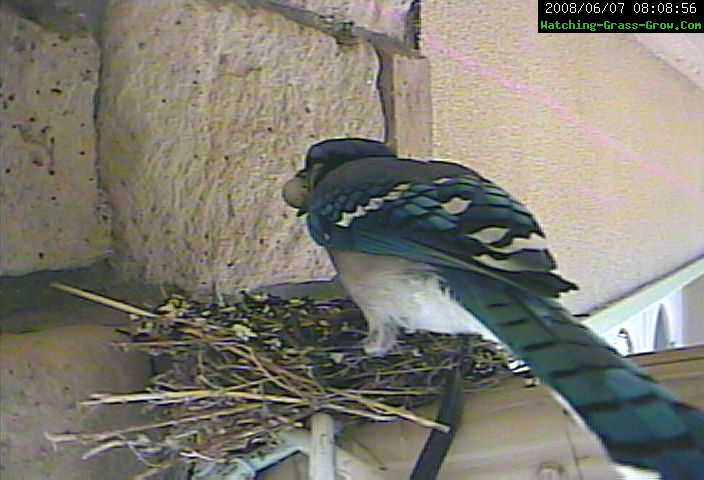



Colorado Blue Jay Grabs Baby Finches




How To Identify Birds Eggs c Wildlife Magazine Discover Wildlife
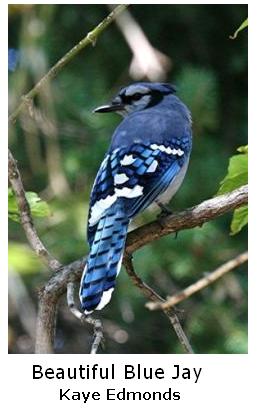



The Blue Jay Raucous Extrovert The Noisy Bird At The Feeder
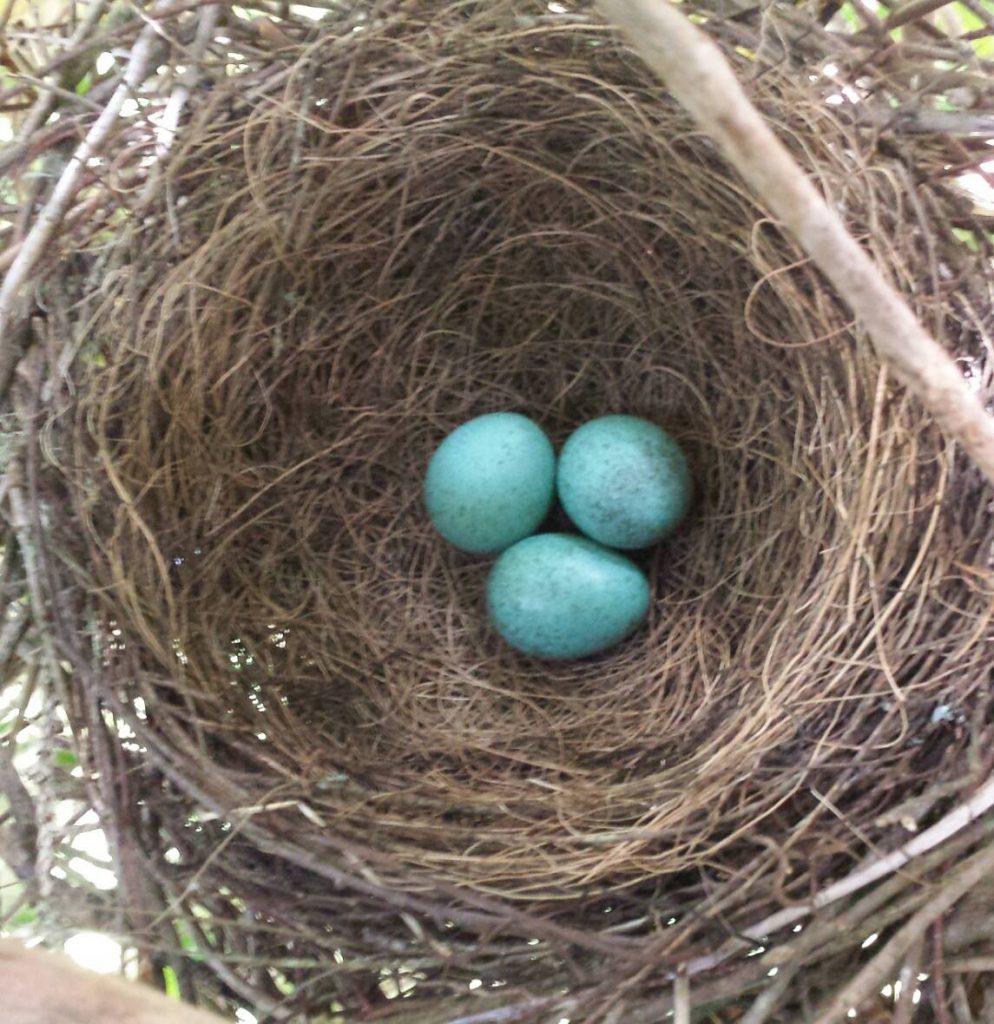



Nestwatch California Scrub Jay Nestwatch




Breeding Blue Jay Cyanocitta Cristata Birds Of The World



Real
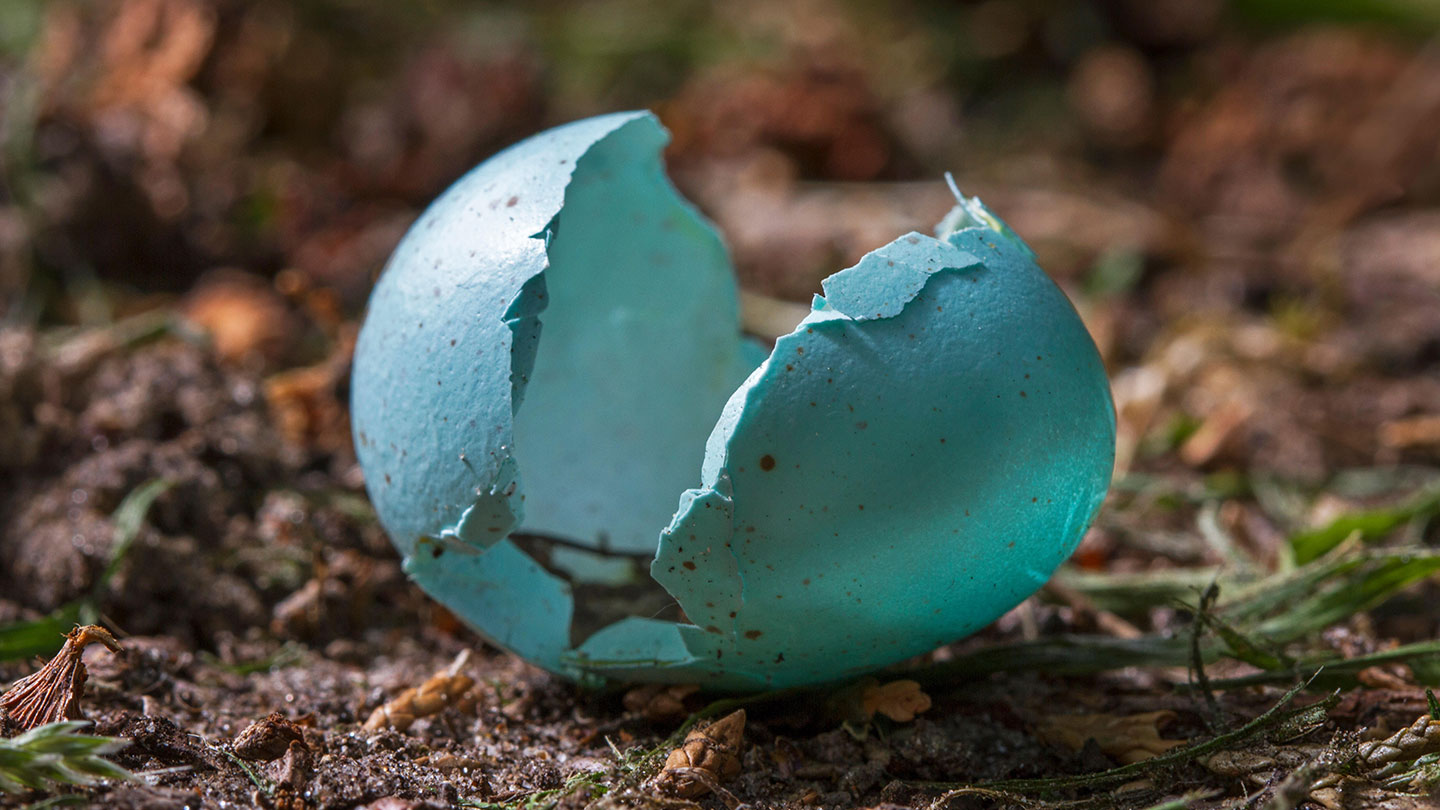



How To Identify Bird Egg Shells Woodland Trust
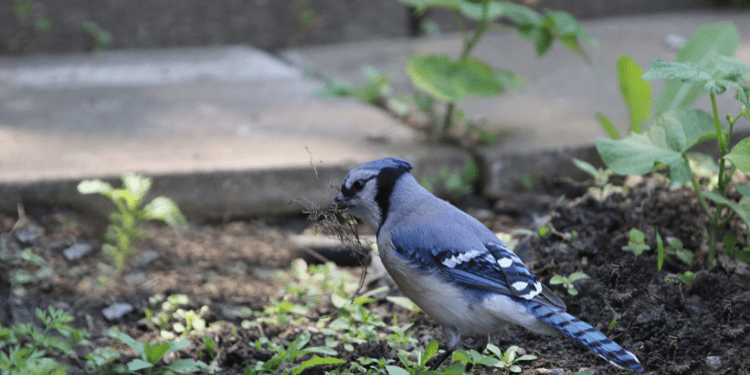



Blue Jay Eggs Everything You Need To Know Birdwatching Buzz




Blue Jay Eggs Stock Photo Picture And Royalty Free Image Image




The Scrub Jay In Defense Of The Blue Squawker Nature In Novato




Blue Jays Nest Blue Eggs Stock Photo Edit Now




Breeding Blue Jay Cyanocitta Cristata Birds Of The World



Red
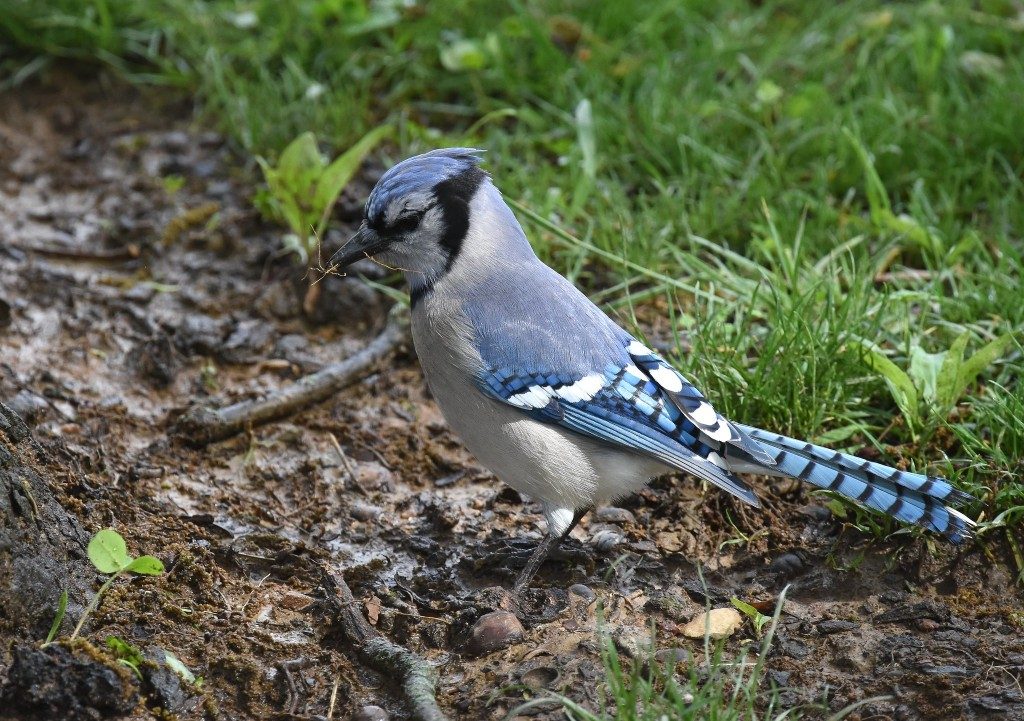



Blue Jays Nesting Outside My Window



All About Bird Eggs
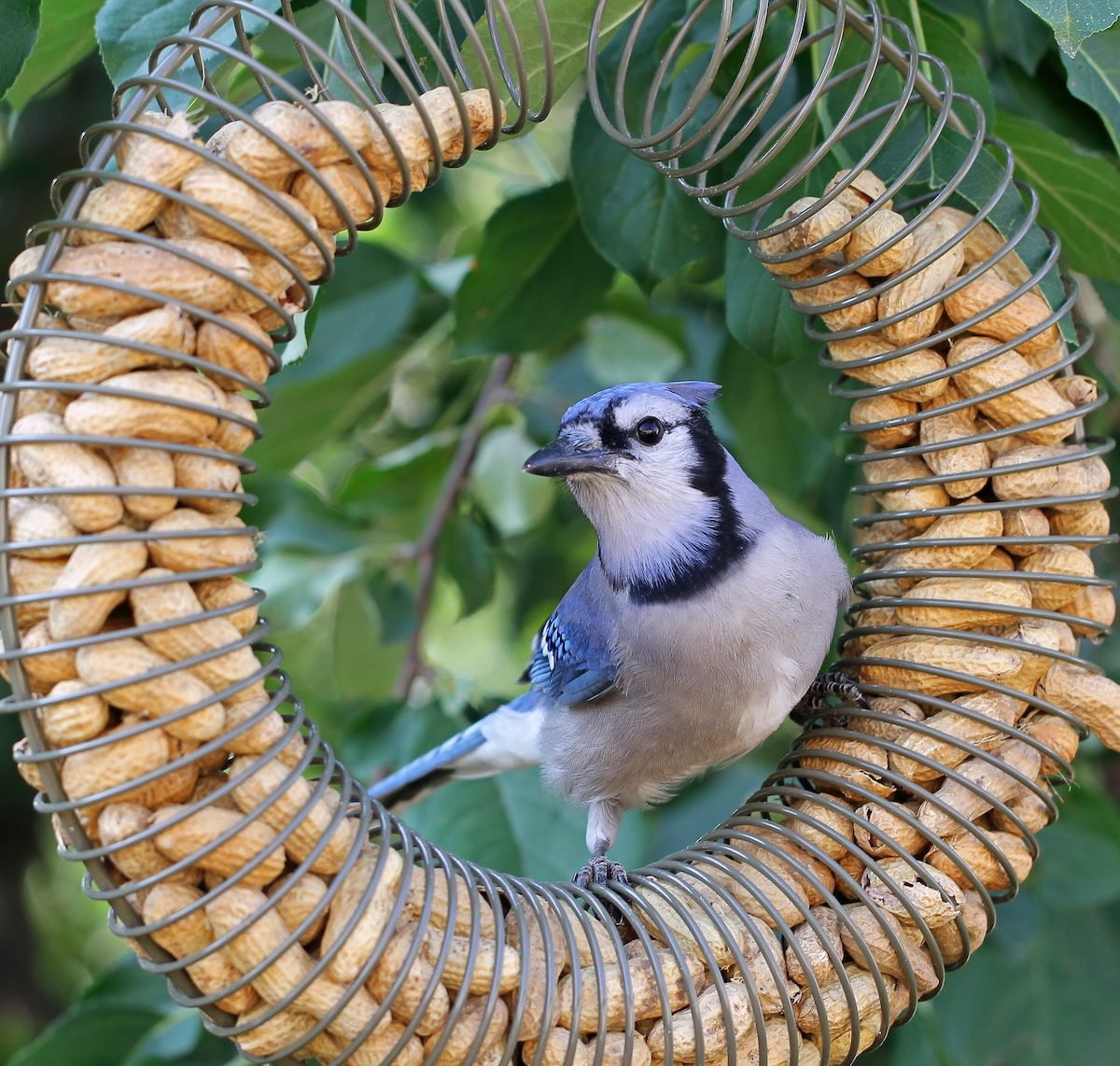



How To Identify And Attract Blue Jays Birds And Blooms




Fun Bluejays Week One Blue Jay Eggs Nest Blue Jay
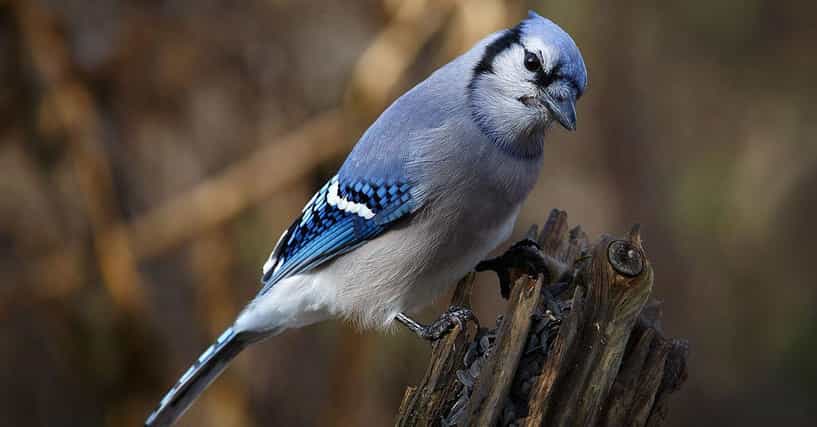



Blue Jays May Be Cute But They Re Airborne Jerks Of The Highest Order
/robin-s-eggs-138066946-d33cac25e97c4c6bb71f90291e30ff15.jpg)



Photo Gallery Of Wild Bird Nests And Eggs
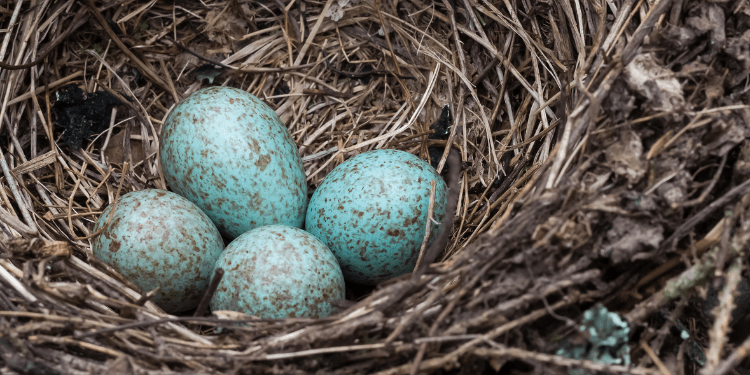



Blue Jay Eggs Everything You Need To Know Birdwatching Buzz
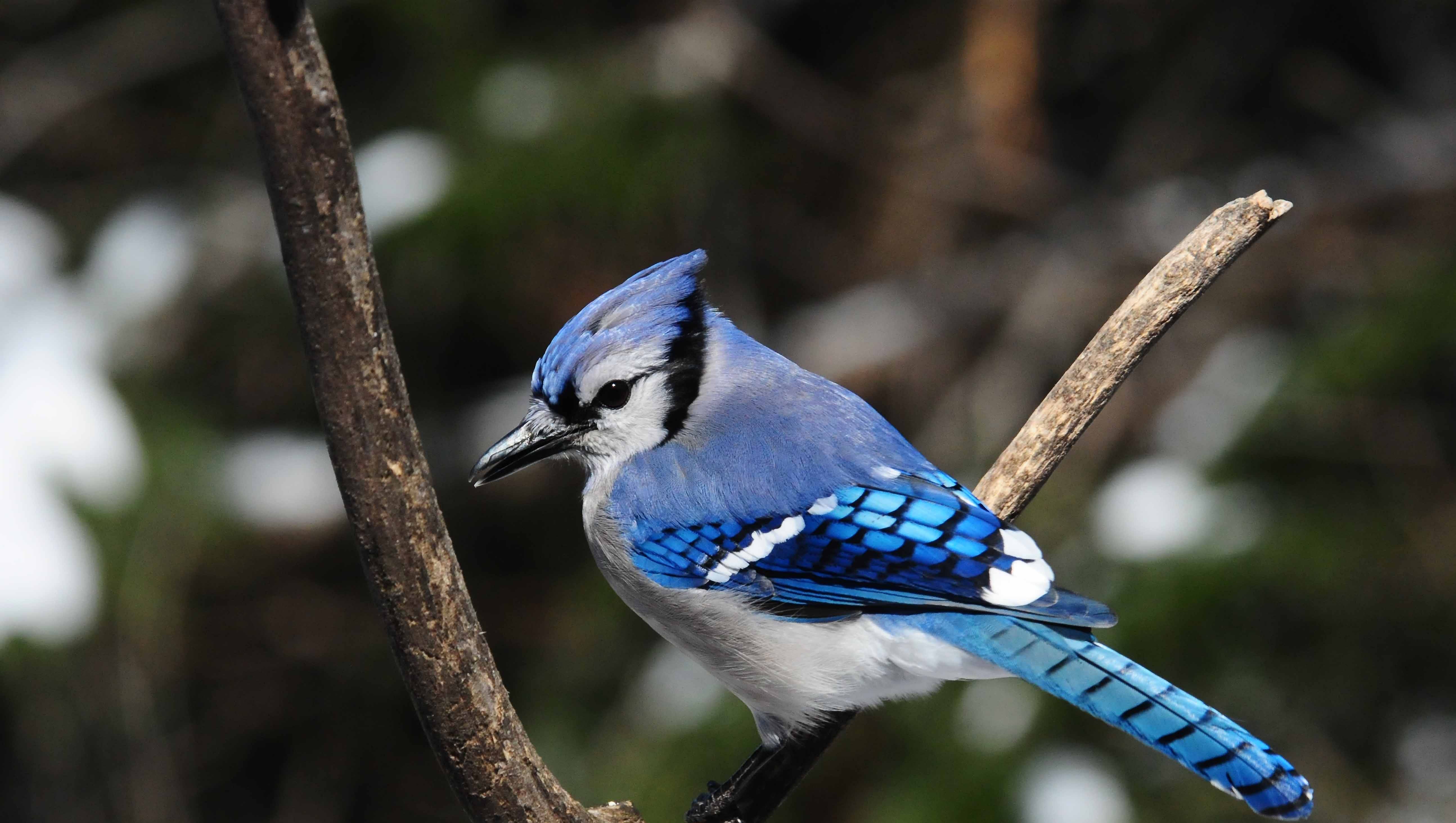



For The Birds Blue Jays Have An Attitude
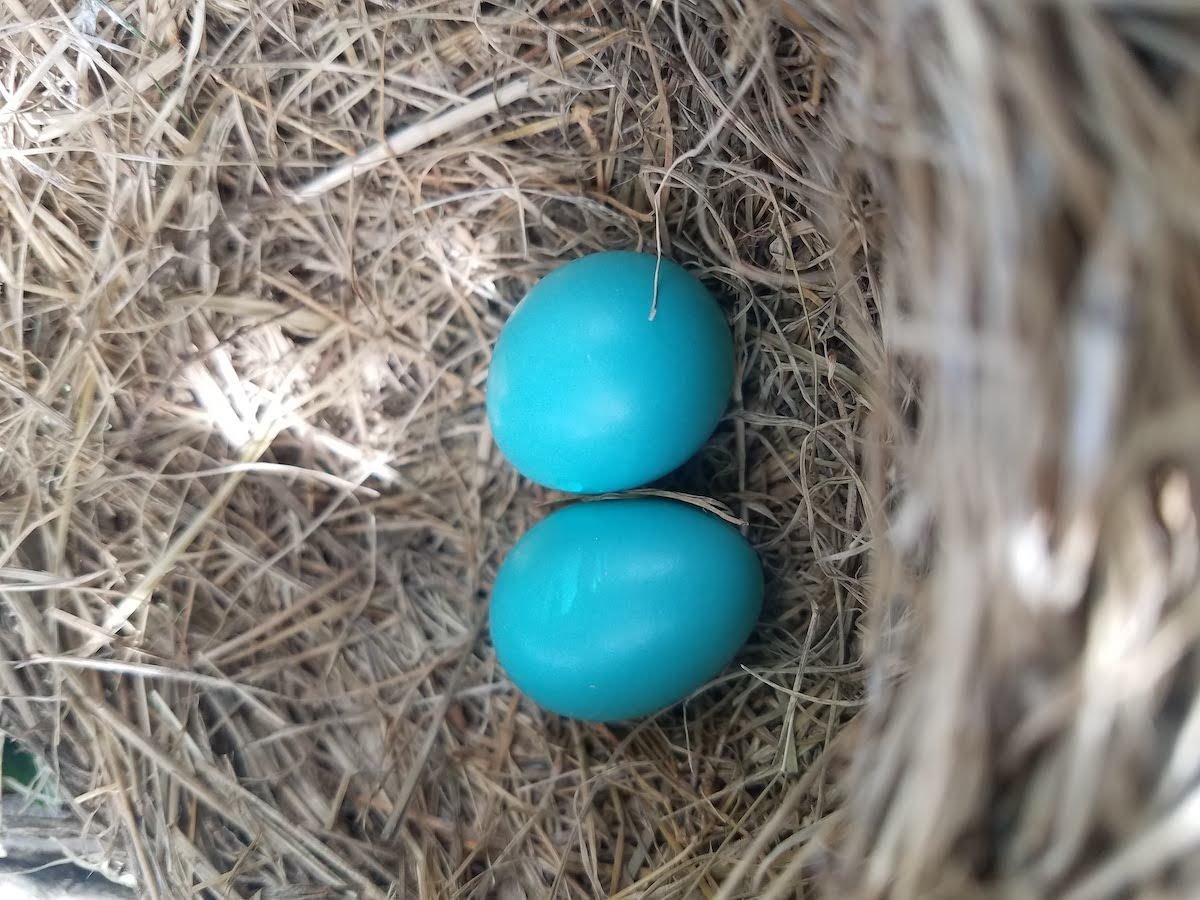



Identify Bird Eggs By Color And Size Birds And Blooms




What Do Baby Blue Jays Eat Bird Feeder Hub
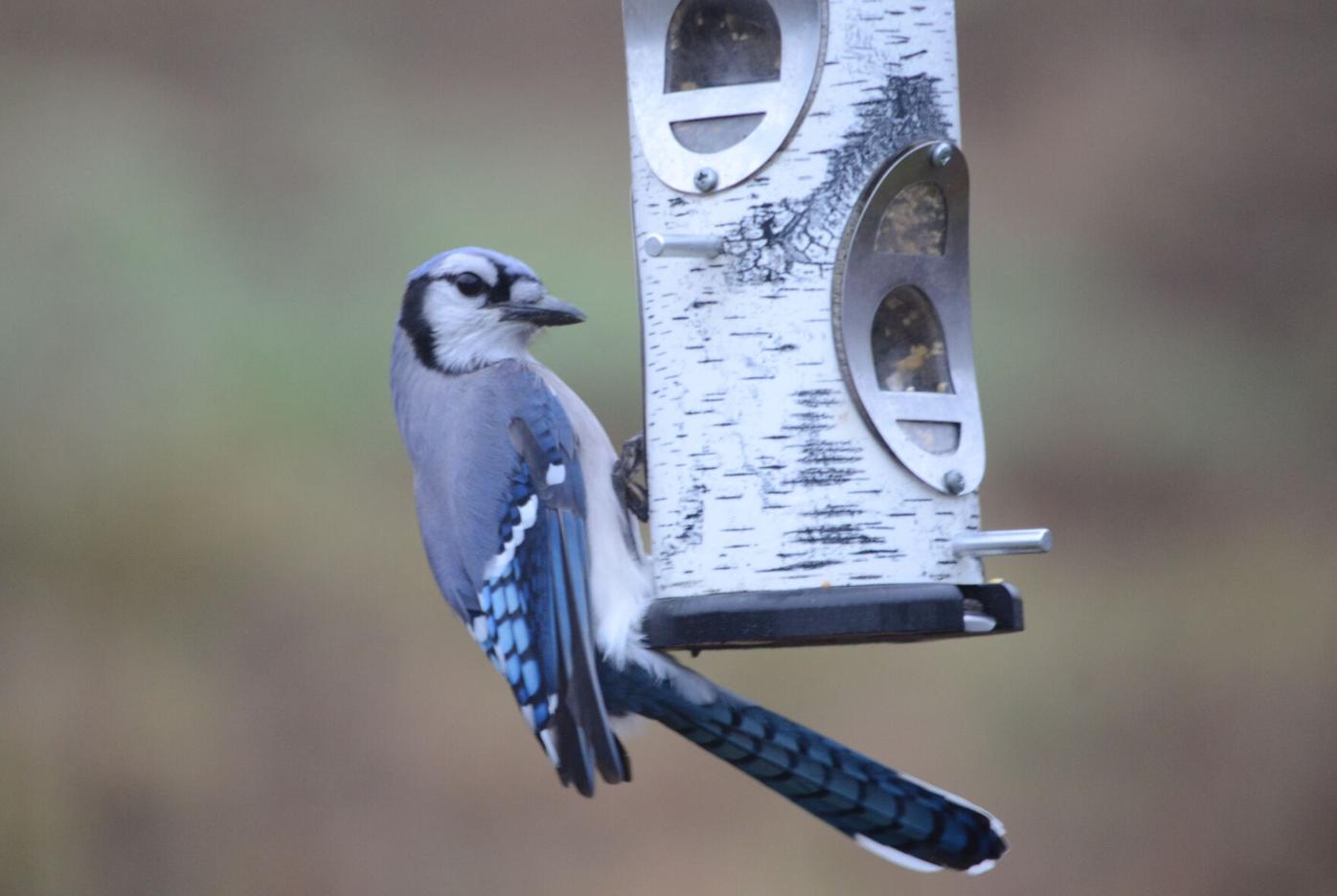



Thom Smith Do Not Doubt The Blue Jay S Capabilities Home Garden Berkshireeagle Com




What Color Are Blue Jay Eggs



Sparrow




Blane Klemek Outdoors Blue Jays While Obnoxious Play A Crucial Role In The Wild Bemidji Pioneer
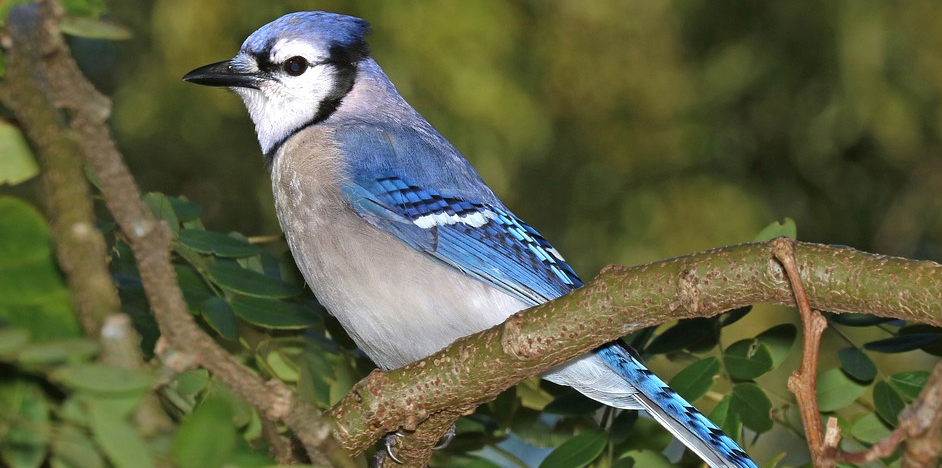



5 Weird Facts About Blue Jays Cats And Birds Cats And Birds
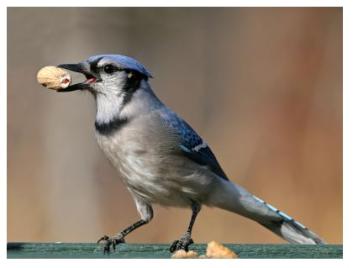



The Blue Jay Raucous Extrovert The Noisy Bird At The Feeder



Bluebirds Nests And Eggs All You Need To Know Avian Report
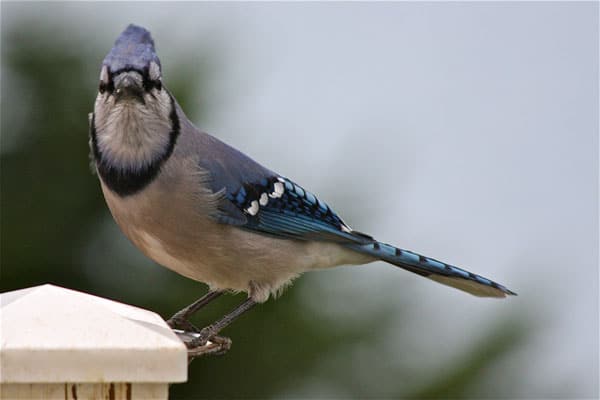



Nature Notes Blue Jay Harpswell Heritage Land Trust
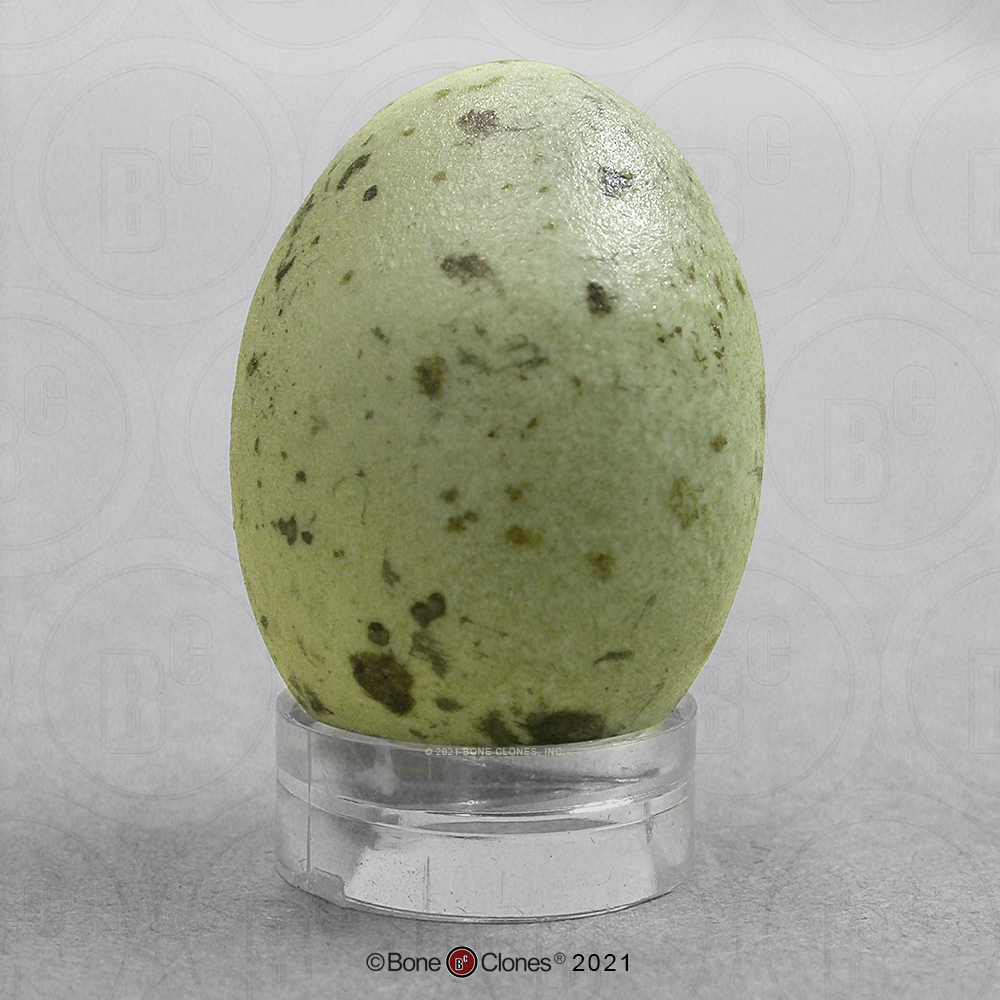



Blue Jay Egg Bone Clones Inc Osteological Reproductions
/Bluejaywithpeanut-GettyImages-587969324-5a18a0e6beba330037557592.jpg)



How To Attract Jays To Your Backyard




To Save A Species Scientists Trick Jays With An Egg Bait And Switch Npr
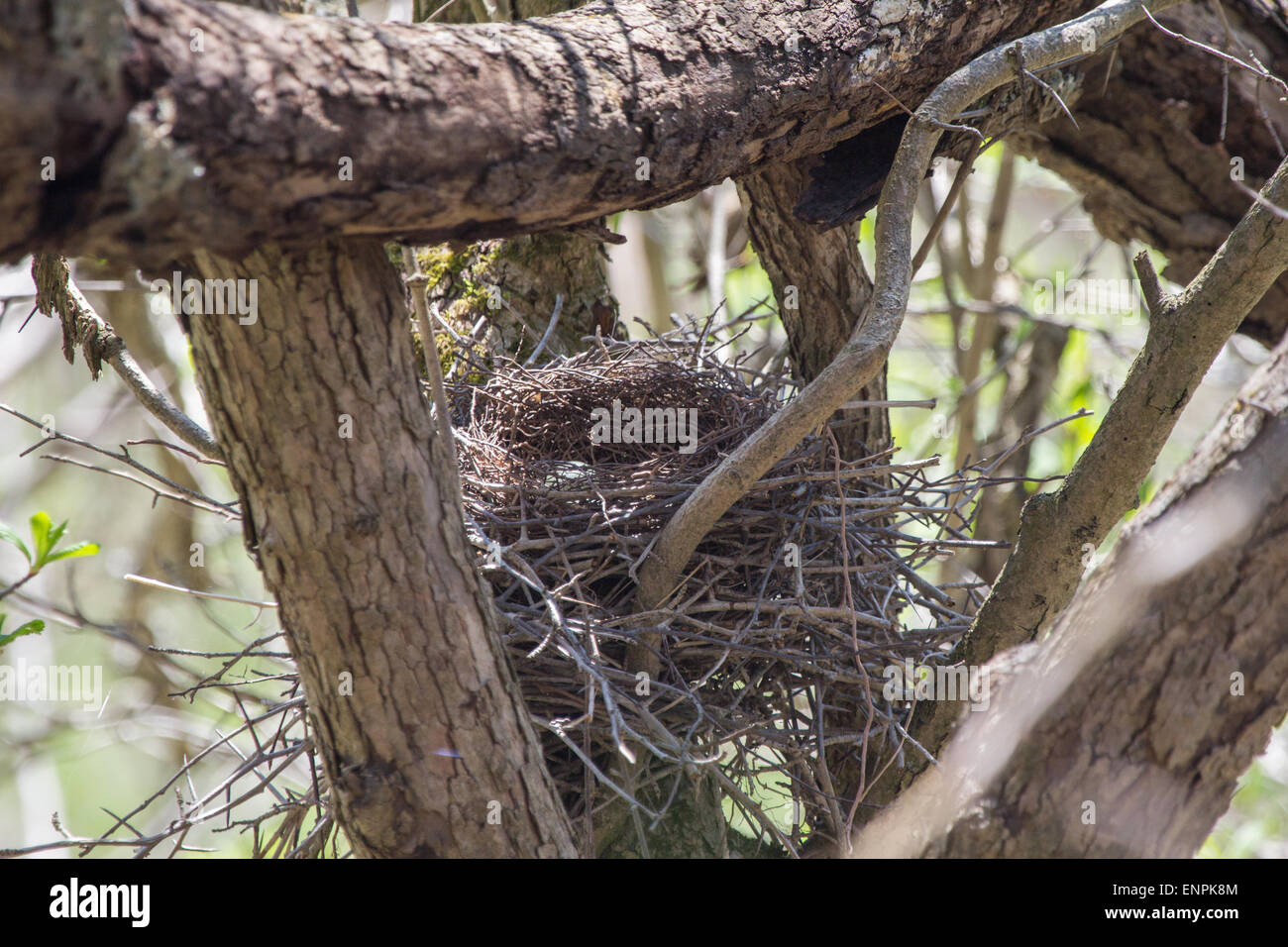



A Blue Jay S Nest With A Lone Egg In It Sits Unprotected From Predators Stock Photo Alamy



Blue Jays In My Backyard Cleveland Museum Of Natural History
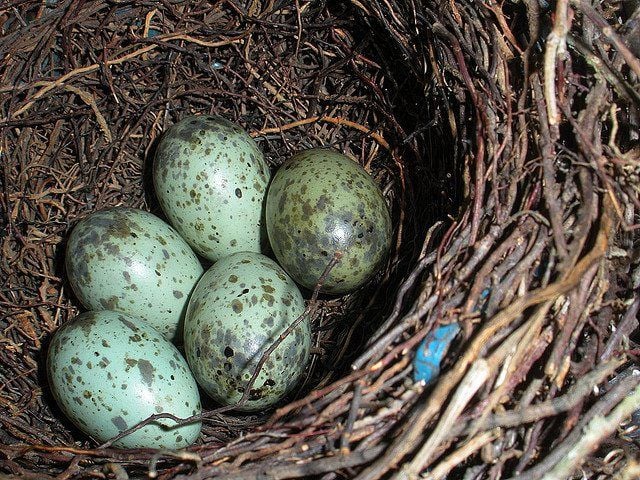



Nature Watch Never Take Eggs From A Bird S Nest Opinion Buffalonews Com
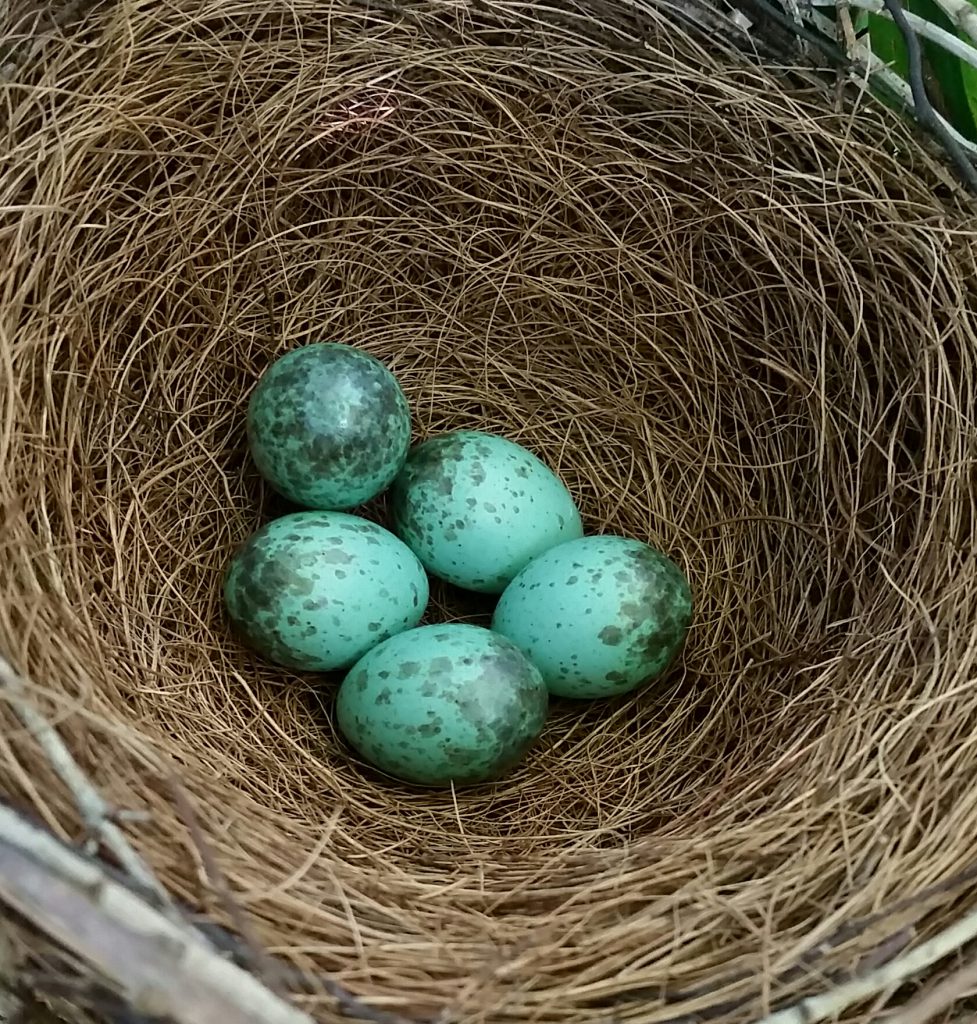



Nestwatch California Scrub Jay Nest Nestwatch




Meet The Steller S Jay Clever Black And Blue Birds



0 件のコメント:
コメントを投稿